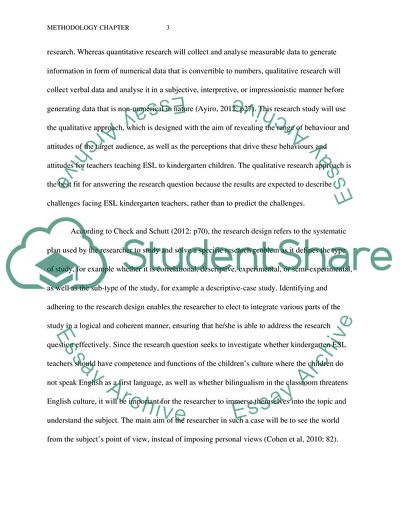Cite this document
(The Challenges That Facing Kindergarten's Teachers Report Example | Topics and Well Written Essays - 2750 words - 1, n.d.)
The Challenges That Facing Kindergarten's Teachers Report Example | Topics and Well Written Essays - 2750 words - 1. https://studentshare.org/education/1842851-the-challenges-that-facing-kindergartens-teachers-to-deal-with-children-whose-english-as-an-additional-language
The Challenges That Facing Kindergarten's Teachers Report Example | Topics and Well Written Essays - 2750 words - 1. https://studentshare.org/education/1842851-the-challenges-that-facing-kindergartens-teachers-to-deal-with-children-whose-english-as-an-additional-language
(The Challenges That Facing Kindergarten'S Teachers Report Example | Topics and Well Written Essays - 2750 Words - 1)
The Challenges That Facing Kindergarten'S Teachers Report Example | Topics and Well Written Essays - 2750 Words - 1. https://studentshare.org/education/1842851-the-challenges-that-facing-kindergartens-teachers-to-deal-with-children-whose-english-as-an-additional-language.
The Challenges That Facing Kindergarten'S Teachers Report Example | Topics and Well Written Essays - 2750 Words - 1. https://studentshare.org/education/1842851-the-challenges-that-facing-kindergartens-teachers-to-deal-with-children-whose-english-as-an-additional-language.
“The Challenges That Facing Kindergarten'S Teachers Report Example | Topics and Well Written Essays - 2750 Words - 1”. https://studentshare.org/education/1842851-the-challenges-that-facing-kindergartens-teachers-to-deal-with-children-whose-english-as-an-additional-language.


